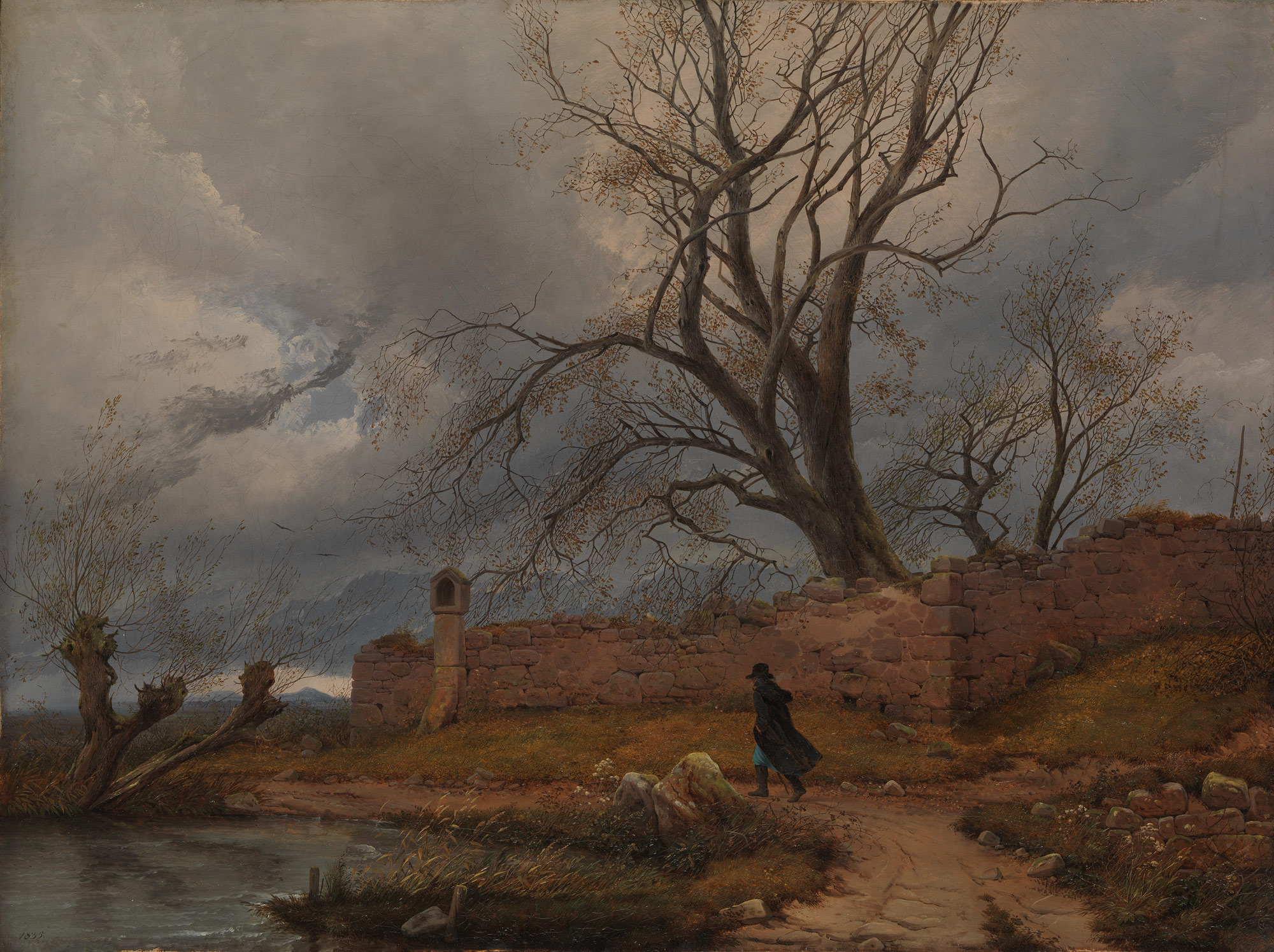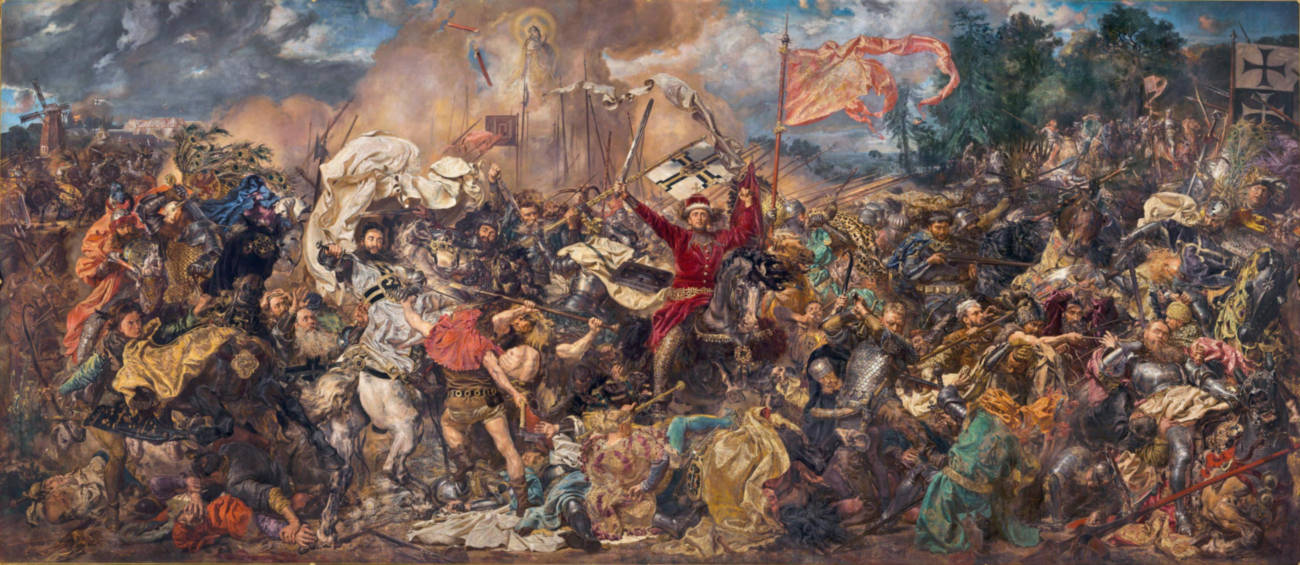In Outline of a Theory of Practice (1977) Pierre Bourdieu provides a framework both for understanding the way that cultural settings (re)produce the means of their own production, and for analysing the effect of this (re)production on the particular subjects of a given ‘habitus‘.
For Bourdieu, the term habitus refers to the collective entity by which and into which dominant social and cultural conditions are established and reproduced. In Bourdieu’s words, habitus refers to “a subjective but not individual system of internalised structures, schemes of perception, conception, and action common to all members of the same group or class.” These “internalised structures” and “schemes of perception” structure the subject’s (shared) world-view and their “apperception” of the world in which they suppose they exist.
For Bourdieu, the habitus instils a world-view in its subjects by conferring (cultural) value upon things, be they material or immaterial. Put simply, within the habitus, some things are valourised and some are not. Even at the seemingly intimate level of the body, the habitus posits and bestows specific properties.
Some of these are constructed as ‘good’, while others are ‘bad’ and stigmatised (such as physical strength, beauty, and ugliness). Some attributes are constructed as ‘neutral’ and ‘natural’ (that is, as pre-cultural and ‘objective’). Often, the attributes that are constructed as neutral and natural are those that become the most enduring and difficult to contest (examples of this might include race and gender).
For Bourdieu, valourised properties within the habitus come to constitute cultural capital, the possession of which affects how social and cultural relations are made and remade, and importantly, by whom and for whom.
According to Bourdieu, a sense of the habitus—and of that which is valued within the habitus—is conferred through its institutions. This process typically begins with the family setting, and is later consolidated through other institutions such as education and employment.
These institutions continually reinforce and sometimes restructure and amend the subject’s original templates of culture and sociality (that is, the templates by which the subject relates to the world and to others).
Subjects of (or in) the habitus internalise dominant social and cultural ideas, and the modes of being made available therein. By so doing, subjects become particular kinds of subjects (e.g. raced, gendered and/or national subjects; citizens; subjects of the law).
In turn, subjects support, reinforce and ultimately reproduce the habitus itself by subscribing to and propagating its dominant ideas and socio-cultural modes of being. Though subjects of a given habitus seemingly have their own ‘individual’ histories, these nevertheless occur within the same habitus, and become narrated on its terms.
As outlined above, the habitus (re)produces both itself and its subjects through its institutions. It also reproduces the socio-cultural conditions through which subjects relate to one another. Through the habitus subjects acquire a world-view and become particular kinds of subjects who act and conduct themselves as such. One example of this is law, which produces subjects who see the world in particular ways, and whose actions come to be conceptualised as such (for example, as lawful or unlawful).
Another example is the institution of education—both literal and figurative—which bestows titles and degrees such that subjects are not only able to represent their proficiencies and expertise, but so too, their imagined identities within socio-cultural settings. That is, the institutions of schools and universities endow subjects with the authority to represent themselves as doctors and lawyers and so on. Put differently, schools and universities allow subjects to become and represent themselves as particular kinds of subjects.
For Bourdieu, the process whereby the habitus reproduces both itself and its subjects also entails the production of a self-perpetuating system of unequal power relations that does not require direct political struggle between subjects to function. Instead, the habitus produces relationships of domination through its institutions by default, because institutions distribute cultural capital differently and differentially among individuals.
As Bourdieu elaborates, the unequal distribution of cultural capital creates and further exacerbates unequal socio-cultural settings; however, this inequality comes to appear ‘objective’, natural or meritorious within the habitus, because the institutions of the habitus obfuscate the extent to which cultural capital is contingent, and is accumulated via the other forms of capital a subject possesses, including (inherited) economic capital and other inequitable material conditions.
In turn, cultural capital assists in the maintenance and acquisition of other forms of capital, be it economic, social or cultural. To return to the examples above, if two people apply for the same job, and one has a particular degree the other does not, it might ‘objectively’ appear that the person with the degree is more qualified or deserving of the job.
What this determination obscures, however, is the fact that the unequal distribution of cultural capital potentially influences who has the capacity to acquire the degree in the first instance, and who does not (because, for example, cultural assumptions about race, sex and gender often impact how accessible education is for certain subjects).
On this view, the habitus therefore not only confers unfair levels of socio-cultural privilege upon certain individuals (through the bestowal of cultural capital), it also invisibilises this privilege. As a result, the struggle to change the socio-cultural conditions of the habitus is inherently difficult.
This is because dominant subjects are able to exercise their dominance merely by conforming to the status quo and by ‘being themselves’, while those who are dominated must effect a rupture of the habitus from within the habitus itself. Put differently, within the habitus, the dominance of dominant subjects appears ‘objective’. The dominant can just ‘be’, while the dominated must first ‘clear the way’ before they can ‘be’.
Liam Gillespie recently completed his PhD at the School of Social and Political Sciences, the University of Melbourne.
The photo shows, “Wanderer in the Storm,” by Julius von Leypold , painted in 1835.

